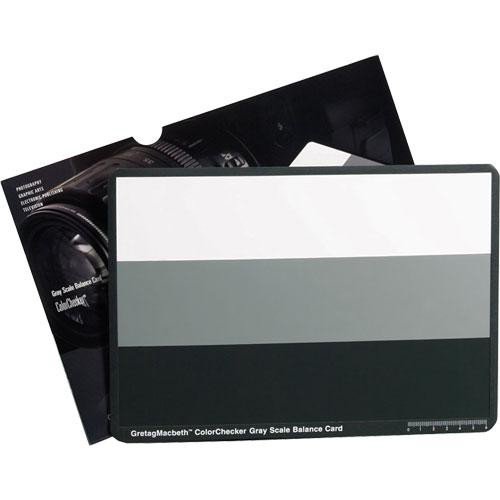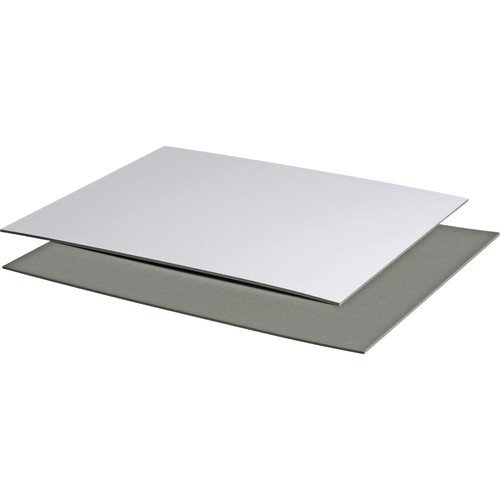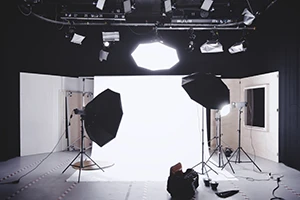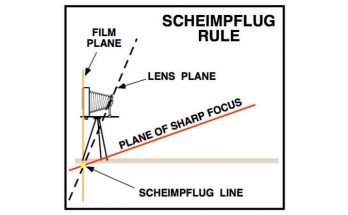
What is a gray card and how does it work?
A gray card is exactly what it says on the tin, it is a card and it is gray. Actually, it’s a bit more complicated than that. A gray card is a reference target to assist with exposure and white balance in photography and motion picture.
A gray card is usually a rigid sheet of card or plastic, commonly around A4 or A5 in size, but can also be in any shape and size. The more important characteristic of a gray card is it’s colour, or more precisely the lack of it. By definition, a gray card’s surface is perfectly neutral (does not have any colour casts) and reflects exactly 18% of the light that falls on it. The significance of this number is that an 18% gray card represents what’s known as “middle gray” or the perceived halfway point between black and white.
While a gray card is usually, well, gray, sometimes different reference fields are also included, such as pure black and white. These additional fields can help further determine the correct exposure or post-production corrections. When critical colour work is to be done, a gray card may be bundled or used with a colour reference target.
Why and when to use a gray card?
While a gray card can be used in virtually all photographic and motion picture shooting, there are certain situations in which it is indispensable.
One such example is colour critical photographic reproduction of fine art objects. Different light sources have different hue or colour temperature, which can affect the rendition of colours. This necessitates a standardised calibration procedure in order to obtain accurate images. A gray card, with it’s neutral surface makes the precise hue and intensity of the light easily measured and subsequently corrected for.
Product photography is another area in which color rendition and balance is crucial, so don’t be surprised to find a gray card in the arsenal of any professional product photographer.
How то use a gray card?
The first step to using a gray card is to place the card in the exact position (or as close as possible) of the subject to be photographed. The most important thing to look for is that the card is in the same light and orientation as the subject, as this will affect the measurement the most. Keep in mind that while the card is (usually) flat and rather two-dimensional, the object you are to photograph may well not be.
If you are using the gray card for exposure metering, once you have the grey card in position, you can either use your camera’s internal spot meter (if it has one) or a handheld light meter to take a reflective reading off the card.
When using the gray card for white balance, you can either do it in-camera before you shoot, or shoot the gray card and then use the colour information from that shot for the processing of the RAW files, footage or scans.
So what options are out there?
Gray cards have experienced a kind of a renaissance in recent times, being reinvented in various shapes and sizes, and even sometimes incorporated in different products altogether. However, not all grey cards are created equal, so here are our recommendations:

The industry standard is the Kodak R-27. It comes in as a set from a couple of different sizes – 4×5 and 8×10 inches. As we’ve discussed above, in use the card should be placed in the light and position of the object that is to be photographed. If the object is far away from the camera, or we are using a wide-angle lens, you might find the bigger 8×10 size useful to provide a big enough reference patch in the image. Alternatively, if you are shooting up close, a big card might prove cumbersome, which is where the 4×5 version comes in.




